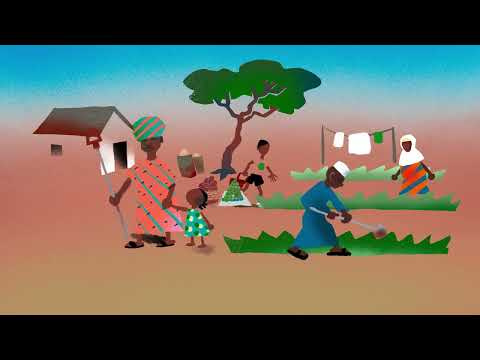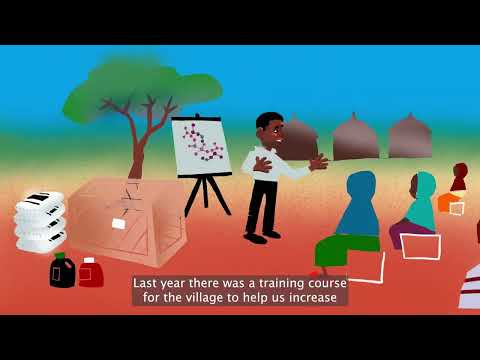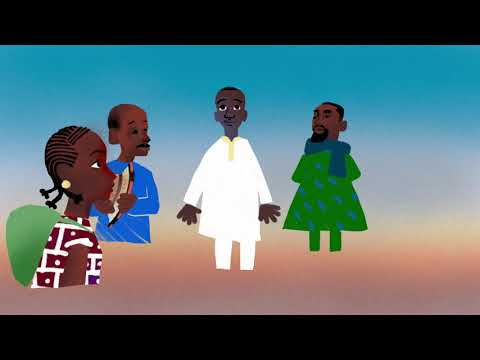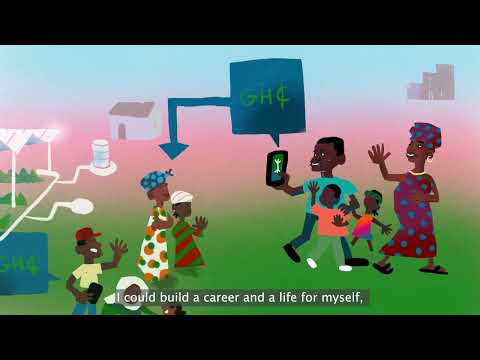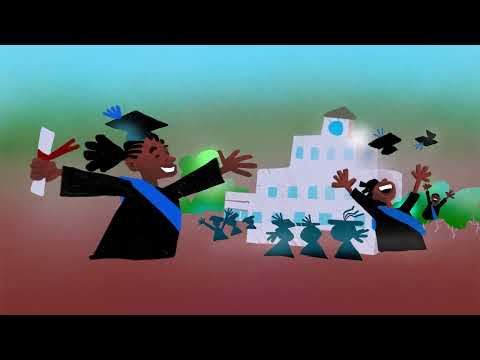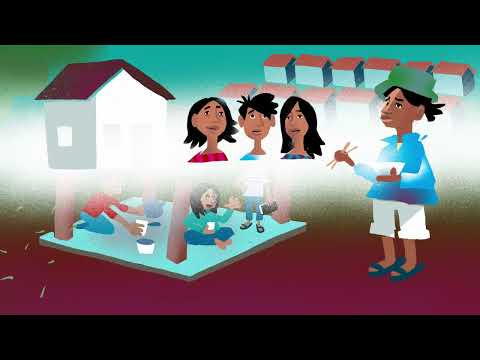Exploring migration, habitability and climate change in the future – scenarios for Africa and Asia

The videos feature different characters living in fragile contexts in different African and Asian countries, and the stories of how their lives develop in the years up to 2030 and 2050. They show how, as the impacts of climate change intensify, those on the frontlines are using a variety of strategies to adapt and survive, including migration.
How effective these strategies are will depend not just on the climate impacts themselves – for example, increasing rainfall variability, drought or flooding – but on a wide variety of social, political, economic, environmental and demographic factors. These may include, for instance, access to education, training, and alternative livelihoods, the strength of social protections and support networks, and the availability of capital, including from remittances sent by family working elsewhere – as well as the effectiveness of early warning systems and emergency response and recovery measures in the case of disasters.
The stories also show that decisions to migrate are not taken lightly – while they may open up opportunities for migrants and their families and communities, there are also significant costs to consider. The options, opportunities, and costs for each person also vary according to more individual characteristics, including their gender, age and place in the household.
A crisis in 2030
These stories explore the concept of habitability through two different types of scenarios developed by the adelphi team. The first set of stories are based on crisis response scenarios that revolve around a major climate impact in the year 2030. We see how prepared each of our storytellers was for such an event and how it affects their lives, livelihood and the habitability of where they live in the aftermath.
To consider while you watch:
- How vulnerable was our storyteller to the crisis in 2030 and why?
- What could be done today to prepare for such a crisis and prevent its worst outcomes?
This video tells the story of Fuseina and her family as they seek to cope with the impacts of a severe drought in northern Ghana. In the face of such a crisis, not everyone will be able to move out of harm’s way.
The story of Abdi, an Ethiopian farmer, illustrates the variety of strategies that people in rural areas are using to cope with changing rainfall patterns.
Amina’s story shows how she and her family seek to cope with the successive impacts of increasing rainfall variability, drought and then a flood, and how young people like her face significant risks linked to the direct and indirect effects of climate change.
Towards a habitable future in 2050
This second set of stories is based on aspirational scenarios for the year 2050. The scenarios are based on the premise that the impacts of climate crisis are continuing to unfold, but that social, economic and political conditions have evolved to facilitate robust adaptation measures, including migration as an effective strategy to cope with and adapt to the impacts of climate change. Our storytellers explain how they were able to overcome the climate-related economic and social challenges that they faced in the early 2020s thanks to supportive policies and programmes.
To consider while you watch:
- What kind of measures and action are needed to realise each of these aspirational futures?
- How can framing existing challenges as opportunities aid in changing other narratives and policies at the intersection of climate and migration?
Fuseina’s son Issah moves to the Ghanaian capital Accra to find work to support his family. Initially faced with harsh living and working conditions, he is able to turn his life around thanks to opportunities that arise in the course of Ghana’s green and digital transformation.
In Kenya, we meet Faith, who sees her family’s income reduced due to drought and other climate change impacts, but she receives new opportunities through access to credit and investment in education.
The story of Somsak from Thailand shows the opportunities and costs associated with migration, but ultimately he and his wife are able to return home to their village and family thanks to investment in training, sustainable development and ecotourism.
Samnang sees no option but to work on the rubber plantations in Thailand to support her family back in rural Cambodia. Later, thanks to the implementation of supportive policies for migrant workers, she is able to set up her own business and reunite with her family.
These scenarios were developed as part of the EU-funded HABITABLE project on the basis of HABITABLE field work and extensive desk research, as well as interviews and workshop discussions with experts in the fields of migration, climate change and sustainable development in each of the respective countries.
Visit the project’s page




